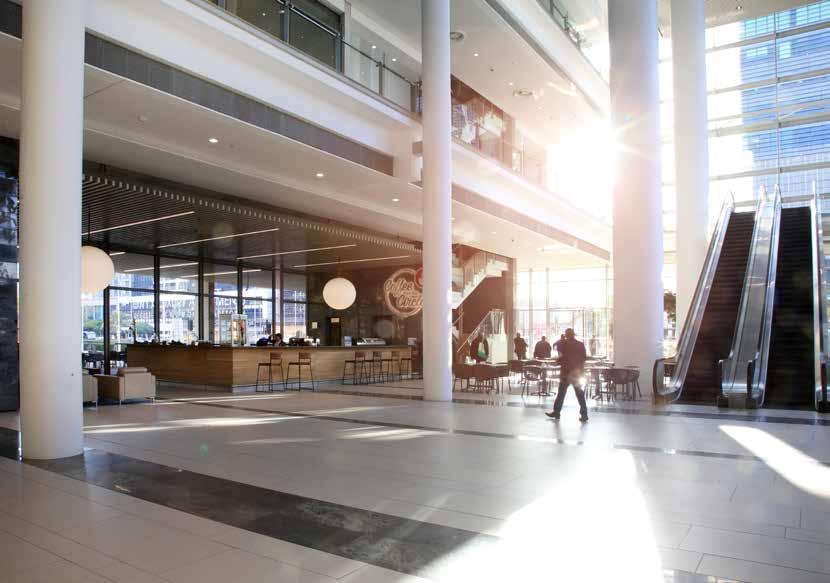CRISIS COMMUNICATION
“Houston, we have a problem” During a crisis, effective communication can make the difference between being aboard a sinking ship or weathering the storm. In the wake of Covid-19, Meetings looks at just some of the considerations that conference and exhibition venues can include as part of their crisis and communication management.
T
owards the middle of March, when it started becoming abundantly clear to South Africans and the world as a whole that we were facing our greatest challenge yet as a society, we saw a slew of Covid-19-related communication going out – from employers, clients and industry, to service providers and retailers across the board, everyone was issuing communication around the virus. In the Good Practice Guidance on Convention and Exhibition Centre Health and Safety: Managing COVID-19, issued on 24 March in collaboration between the International Association of Convention Centres (AIPC) and The Global Association of the Exhibition Industry (UFI), there are key recommendations that these types of venues in particular can follow to develop crisis and communication management plans. During an unforeseen disaster, this is essential to reassuring and updating staff, clients and other industry affiliates of the current status of any existing operation.
HAVING A POLICY, PLAN AND RESPONSE According to the AIPC’s and UFI’s Good Practice Guidance, it is advisable to, ahead
30 • MEETINGS l MAY/JUNE 2020
of time, have a policy and plan in place to manage any potential threat, with Covid-19 only serving to underscore the need for this. The idea, says the document, is for organisations to have a policy, plan and a team, or taskforce, to carry this out and lead efforts in the event of a crisis: “A policy in its simplest form is a written statement outlining an organisation’s position or objective on a particular issue. Convention and exhibition centres, as do many other types of organisations, have standard policies on a range of matters, though many use terms other than the word ‘policy’. A plan is a written document outlining an organisation’s steps towards achieving the stated policy objective. It will usually encompass identification of who will lead the effort, who will perform the effort, and what the effort will consist of. In most plans, the ‘who’ and ‘what’ to achieve specific effects are further defined in procedures or protocols,” explains the guide. Other plans that should be considered alongside a Covid-19 response plan are those that pertain to health and safety, business and activity continuity, crisis management and communication. Within
this, certain procedures that could also be useful during times of crisis should be reviewed as part of an organisation’s larger plan. At an operational level, these procedures can include crisis management team activation, operating a first-aid or medical station, increased sanitisation and disinfectant regimes, means for screening, a space for temporary quarantining in case of a suspected outbreak, working with the authorities, managing internal and external communications. For employees, crisis and communication measures should address a rapid facility shutdown, how employees are informed of the potential crisis, how they will be supported if they fall ill, as well as working from home and travelling for work.
CRISIS MANAGEMENT AND COMMUNICATION Crisis management and communication will go hand in hand. Communicating as much as possible with your staff and clients will give them reassurance of activity and business continuity, and this is particularly important during times of uncertainty. “To manage emergencies, set up, equip, train and maintain a convention or exhibition
www.theplanner.guru











